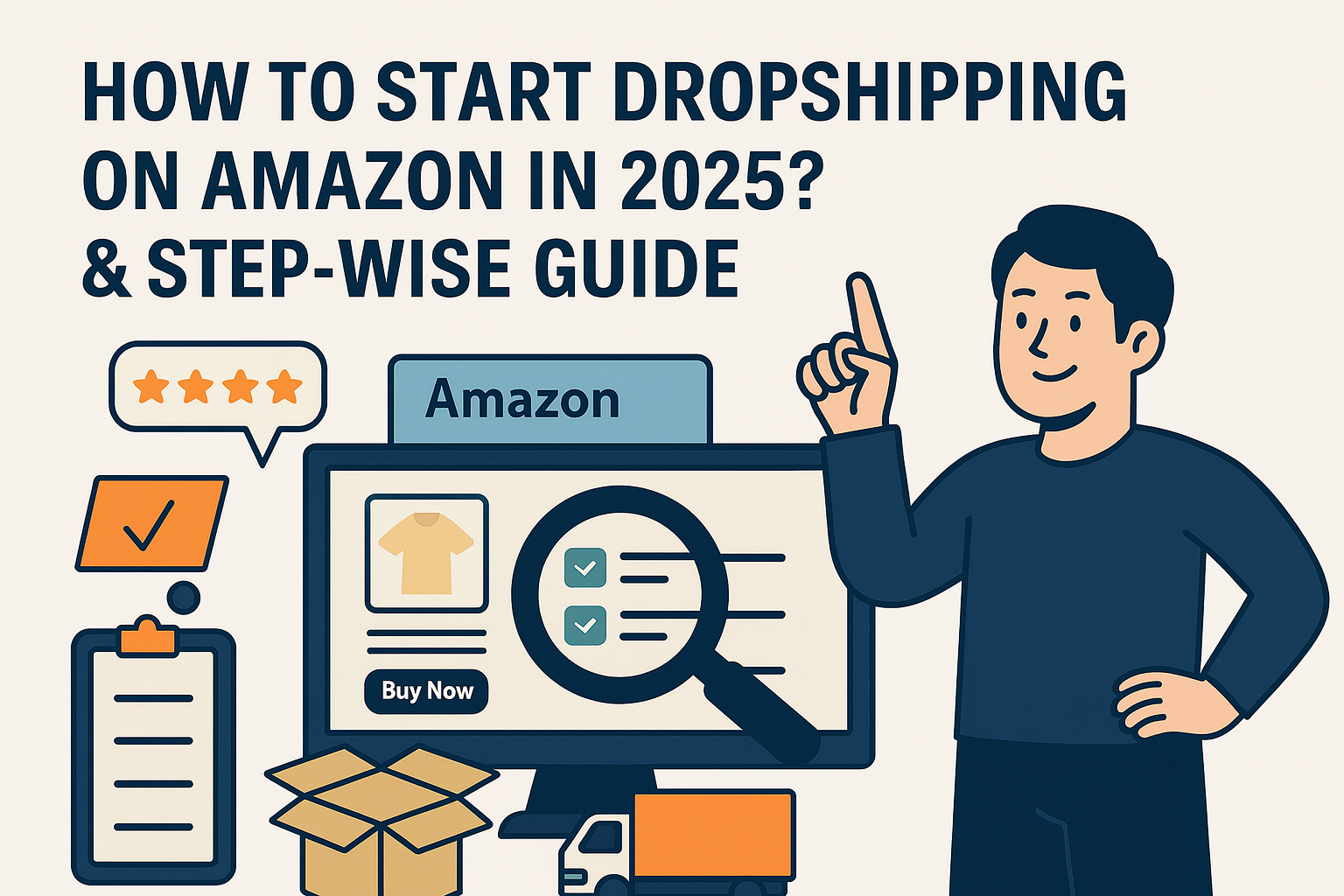- Perfality
- August 18, 2025
- 11:00 am
- Read Time: 5 mintues
When you start dropshipping on Amazon, the biggest challenge isn’t finding products—it’s making sure every order reaches the customer on time. Order management is what holds your entire operation together. If a purchase order gets missed or a shipping update isn’t sent, it can damage your seller performance, cost you money, and frustrate customers who never got what they ordered.
It doesn’t matter how great your listings look or how competitive your prices are. If fulfillment breaks down, the rest doesn’t matter. Dropshipping success starts with getting operations right.
Where Dropship Fulfillment Breaks Down
A lot of sellers start dropshipping on Amazon without realizing how fragile the backend can be. They’re focused on the storefront, but they don’t pay attention to whether their vendors acknowledge POs, send shipping updates, or follow Amazon’s strict timelines. When even one of these steps is skipped, the order flow collapses.
You might assume your supplier shipped the item. But if Amazon never gets the Advanced Shipping Notice (ASN), your metrics still take a hit. And if the PO isn’t confirmed in time, Amazon could treat it as a missed order. It’s a quick way to get flagged under the Amazon dropshipping policy, even when the item was actually shipped.
Automating the Chaos: Tools That Help
To keep things smooth, many experienced sellers use tools like SAP ECC, S/4HANA, or Commerce Hub. These platforms don’t just organize data—they actively prevent common fulfillment mistakes. If you’re serious and want to learn how to dropship on Amazon without constant stress, automating your fulfillment is step one.
Good systems can:
- Auto-confirm purchase orders the moment they’re created
- Generate ASNs with proper tracking and item-level detail
- Sync supplier activity with Amazon’s dashboards
- Flag when a supplier is falling behind
- Block duplicate shipments before they go out
Instead of spending your day chasing updates, automation keeps everything moving on its own. This is especially valuable when you’re dealing with multiple suppliers or dozens of SKUs.
Picking the Right Items to Dropship on Amazon
Not every product makes sense to dropship. Successful sellers choose items to dropship on Amazon that are lightweight, stable in supply, and unlikely to break during transit. Heavy or fragile goods cause more issues than they’re worth. The fewer returns, the better.
Beyond physical features, you also have to think compliance. Products must ship in packaging that doesn’t reveal your supplier. Invoices must show your seller name. Anything else could be a violation of the Amazon dropshipping policy, which might result in chargebacks or listing removal.
Focus on reliable, easy-to-ship inventory. That’s where consistent profit lives.
The Full Loop of Order Management
Some sellers think the process ends when the product ships. That’s only half the story. Order management starts with the PO, runs through the ASN and invoice, and finishes with final tracking. And every step matters.
Here’s how things fall apart:
- A PO isn’t acknowledged → delayed shipment → performance hit
- ASN is missing info → Amazon flags the order
- Tracking never gets uploaded → customer requests a refund
- Invoice data is wrong → payment issues or claim denials
If you’re planning to start dropshipping on Amazon, don’t treat these steps as optional. They’re the core of your operation.
Amazon Dropshipping Policy: Know It or Risk It
Dropshipping is allowed—but only if you follow the rules. The Amazon dropshipping policy is strict about who handles what. You must be listed as the seller of record. You can’t let suppliers send packages with their branding. And you’re responsible for returns, refunds, and support.
New sellers who don’t learn how to dropship on Amazon often miss these details. That leads to suspended listings and sudden account warnings. But when your systems are designed to follow policy from day one, you can scale without fear.
Using platforms like S/4HANA or Commerce Hub, you can lock these processes into place—making sure your suppliers stay compliant and your account stays safe.
Scale Smart, Not Fast
Plenty of sellers rush into things, hoping to grow fast. But the sellers who stick around are the ones who build slowly and carefully. Before you go all in, test your suppliers. See how quickly they confirm orders. Monitor how they handle packaging. Time how long it takes for tracking to be uploaded.
Only when you’re confident should you scale. The smartest sellers don’t just pick random items to dropship on Amazon; they look for products their systems can handle consistently.
And don’t forget—growth often exposes weaknesses. That’s why building your processes right at the start is so critical.
How Perfality Helps Dropship Sellers Stay in Control
At Perfality, we support sellers with dropship workflows that actually work. From setup through scale, we help you connect systems like SAP ECC or S/4HANA with Amazon’s requirements. Whether it’s ASN automation, order visibility, or PO compliance, our team makes sure nothing slips through the cracks.
We’ve worked with sellers managing dozens to hundreds of vendors—so we know how to spot problems before they start. And more importantly, we help you stay in line with the Amazon dropshipping policy so your business grows without interruption.
Wrapping Up
Running a dropship business isn’t just about products—it’s about process. When you start dropshipping on Amazon, your backend setup becomes your lifeline. Get it right, and you can scale steadily. Get it wrong, and even one missed shipment can cost you.
Choose stable, compliant items to dropship on Amazon. Set up your tools. Build relationships with responsive vendors. And above all, make sure you learn how to dropship on Amazon the right way—by following the rules, tracking everything, and never letting your systems run on guesswork. Long-term success starts with a smooth order pipeline.






